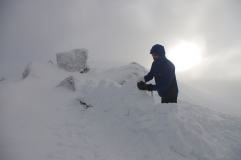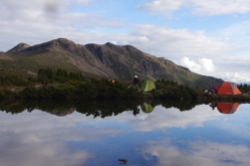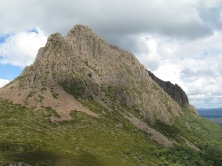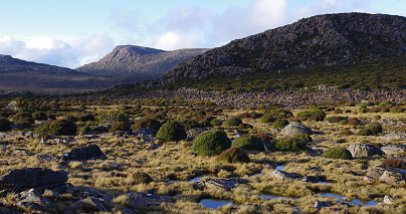Feral horses pose a threat to and damage the environmental values of the Victorian alps, including areas of the Bogong High Plains. This impact has been well documented in the past.
To address this threat, Parks Victoria has for some time undertaken a trapping program to reduce the number of horses, and hence the damage they have on sensitive alpine flora and fauna.
A new report has been released based on assessments of impacts on a number of locations across the Bogong High Plains in north eastern Victoria, and how these impacts have changed over the last decade.
During November and December 2017, 106 sites were assessed across the Bogong High Plains to determine the extent and intensity of horse activity. Horse activity was noted at 60 of these sites.
As per previous research, the assessment found that feral horses were impacting on environmental values across an extensive area of the Bogong High Plains, with stream bank damage, pugging, trampling of wet areas, dung deposition, creation or widening of tracks, roll pits, pulling of vegetation and general trampling.
Activity was most noticeable in grasslands (especially in areas where some shelter against the elements was provided by snowgum woodland), and around watering points, but was also common in riparian zones and on the edges of alpine bogs that are listed under both the federal Environment Protection and Biodiversity Conservation Act 1999 (EPBC) and state Flora and Fauna Guarantee Act 1988 (FFG).
You can find the report here.
Previous Mountain Journal posts on wild horses can be found here.
























































Leave a comment